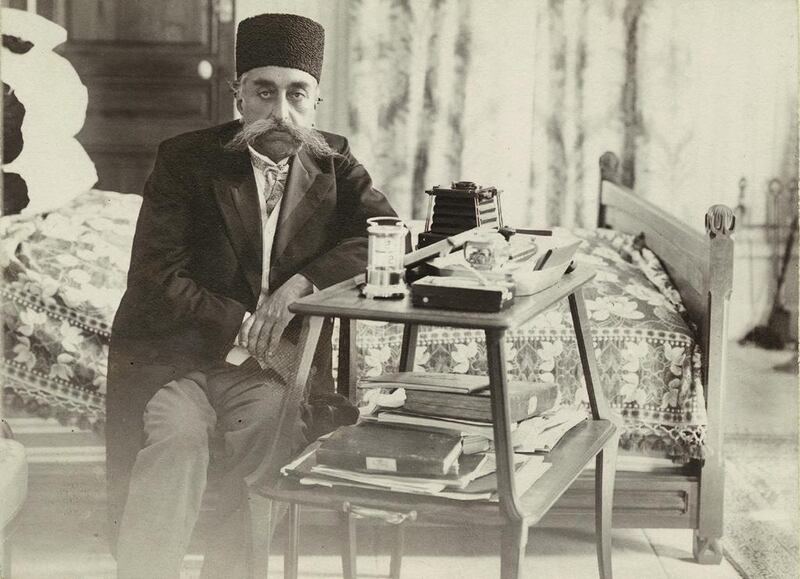Works of an Indian landscape master in Mumbai
Jehangir Sabavala was born in India in 1922 and studied art in the UK and France. On his return, he applied this formal, technical style to oil paintings and edgy landscapes of his native country. This exhibition also looks at the late colonial artistic world in India — a now-lost world of exhibitions, salons and gatherings from the 1930s to the 1950s. The archive also includes photographs, sketches, diaries and books, with some dating back to his student days. Unpacking the Studio: Celebrating the Jehangir Sabavala Bequest runs at the Chhatrapati Shivaji Maharaj Vastu Sangrahalaya in Mumbai until December 31. For more information visit www.csmvs.in.
How Emirati artists responded to unification
Since the UAE was founded in 1971, the country has undergone an unprecedented transformation. The response of Emirati artists to unification and the rapid changes since is the subject of this exhibition in Dubai. Works from Abdul Qader Al Rais, Mohammed Kazem and an experimental triptych collage from Hussain Sharif are among the works on display. There is also a photography section and talks will be given about the themes, such as culture, landscape and heritage that the artists engage with. 1971: Contemporary Art from the UAE runs at the Farjam Foundation in Dubai until December 15. For more information visit www.farjamcollection.org.
A glimpse at the aristocratic world of Iran’s shah
This exhibition is a revealing look inside the gilded world of the shah in 18th and 19th century Iran. About 200 photographs, mainly taken by royal photographers, are on display. Most have never been exhibited publicly and show the life of the shah, the elites of Tehran and the country's ancient monuments. The exhibition also looks at the world beyond the court, with images depicting everyday life, such as railways, the postal system and shots of street vendors, shopkeepers and rural workers. The Eye of the Shah: Qajar Court Photography and the Persian Past runs at New York University in the US until January 17. For more information visit isaw.nyu.edu.





